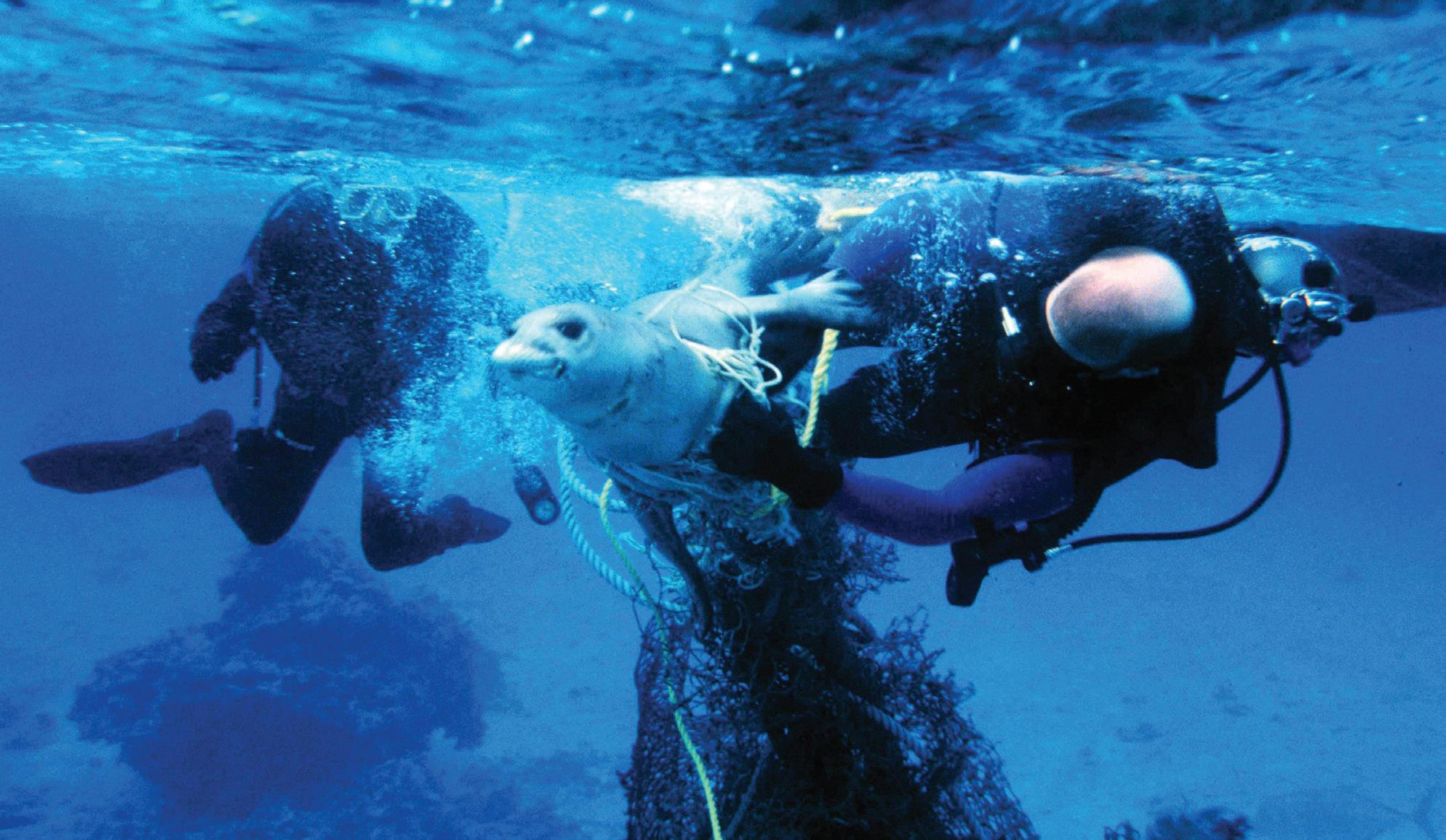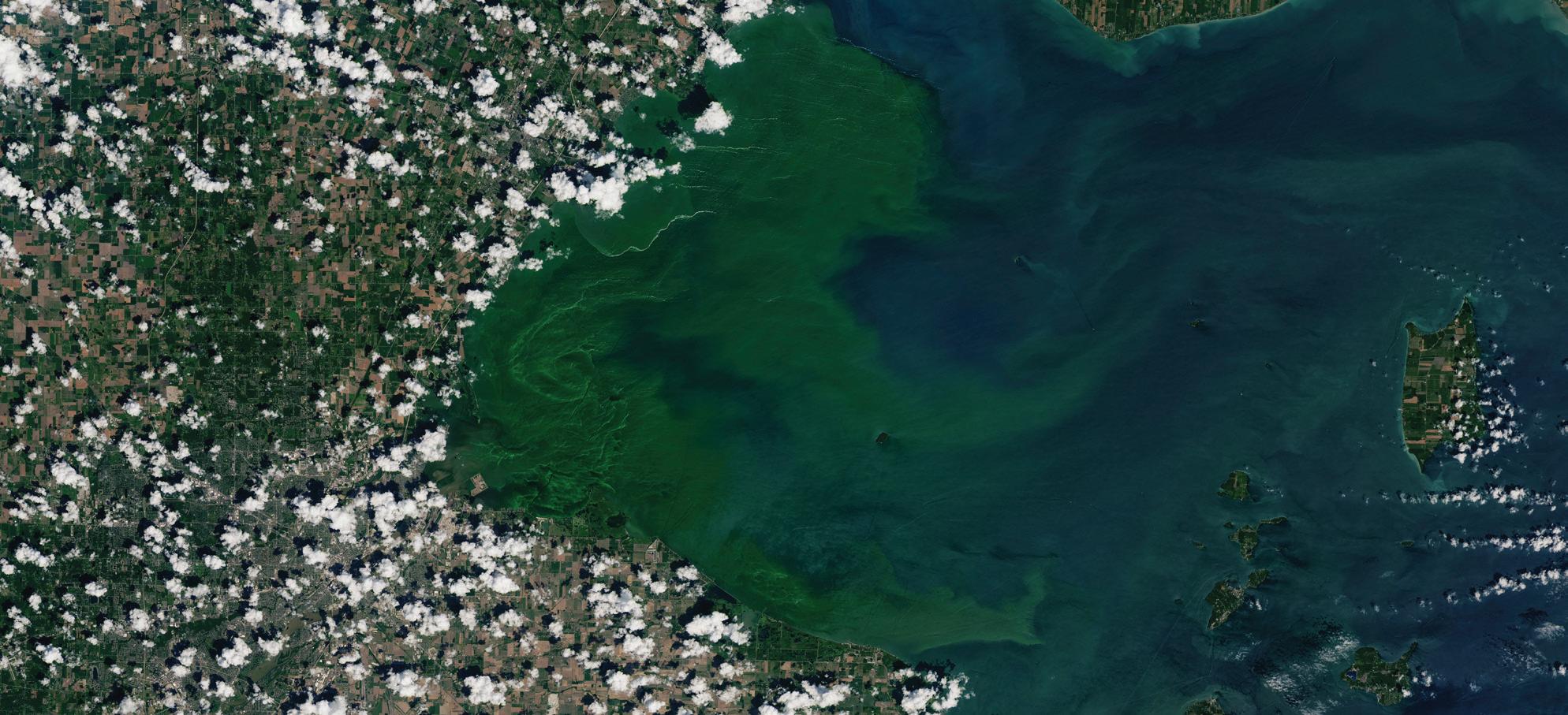NOAA TODAY
A mariner’s best friend By Craig Collins
A
t any given moment there are thousands of American ships and recreational vessels in offshore waters or on the high seas: In a normal year, 11 million Americans travel on cruise ships, and maritime shipping accounts for $1.6
Coast Guard, New York State Department of Environmental Conservation, and Resolve Marine Group personnel work to assess the condition of the Coimbra wreck on April 30, 2019, supported by NOAA-generated automated decision support services.
1934–1937
“Dust Bowl” drought in southern plains causes severe nationwide economic damage; Coast and Geodetic Survey employs over 10,000 for surveys and field offices.
54
U.S. COAST GUARD PHOTO COURTESY OF SECTOR LONG ISLAND SOUND
The Ocean Prediction Center
trillion in economic activity. Given the number of severe storms in the past several years, it might seem surprising that weather-related accidents at sea are increasingly rare. The National Weather Service’s Ocean Prediction Center (OPC) sometimes uses the map at the top of the next page to demonstrate the effect of its work: as Florence, a Category 4 hurricane, began to bear down on the Carolina coast in September of 2018, its path toward landfall – an area of 165,000 square nautical miles, shaded in red – was completely devoid of vessel traffic. The ability of mariners to clear the area and travel to safer waters was due in part to the OPC’s ability to communicate up-to-date and trending weather and sea-state information to users at sea. One of the National Centers for Environmental Prediction, the OPC was established in 1995 – but its origins can be traced to the 1912 sinking of the cruise liner RMS Titanic in the North Atlantic Ocean, after which an international commission was formed to determine how to ensure safer ocean voyages. The NWS’s predecessor, the Weather Bureau, assumed the U.S. obligation to issue warnings and forecasts for parts of the North Pacific and Atlantic oceans. By the mid-20th century, the bureau was publishing bimonthly weather logs to help mariners make their own predictions based on past conditions in Northern Hemisphere oceans, and









































